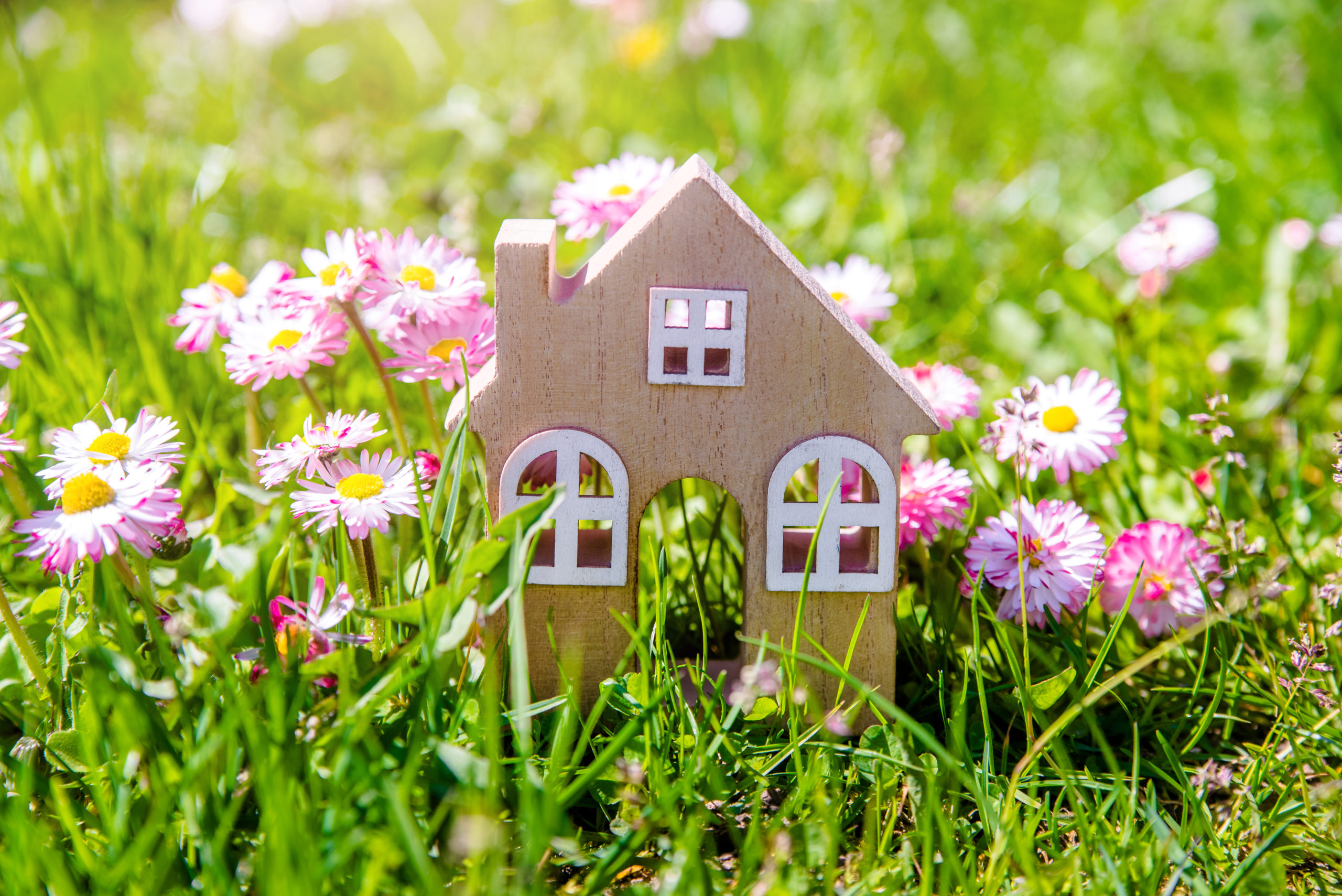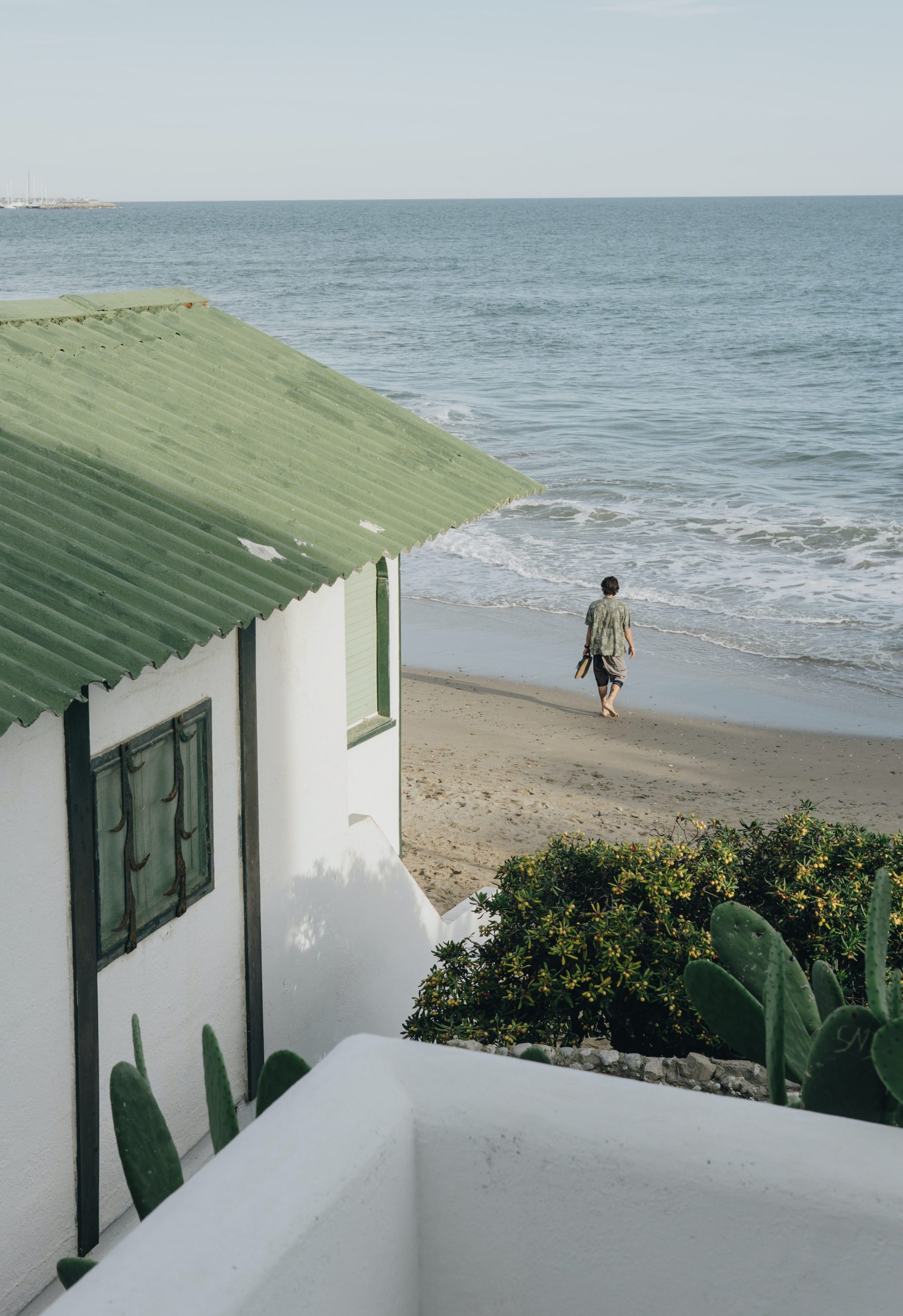Selling a home can be a daunting task but not if you follow the tips mentioned below.
Be Very Careful When Deciding on a Number
 What is your final figure going to be? Calculating the exact price of the listing requires some science and strategy. Here are two key points to remember as you approach the magic number: Make use of charm pricing and “under a century” figures. Instead of listing your home for $807,000, consider listing it for $799,000, which is just under the psychologically significant century mark.
What is your final figure going to be? Calculating the exact price of the listing requires some science and strategy. Here are two key points to remember as you approach the magic number: Make use of charm pricing and “under a century” figures. Instead of listing your home for $807,000, consider listing it for $799,000, which is just under the psychologically significant century mark.
Charm pricing is also very common in retail stores and businesses, and for good reason: people prefer these numbers because they have the allure of not tipping a certain scale in their heads. Even though they are functionally equivalent, $599,000 sounds far more appealing than $600,000 When searching for homes in the MLS, however, buyers frequently set an upper limit of $100,000. For example, some buyers may look for homes between $100,000 and $200,000, while others may look for homes between $300,000 and $400,000.
If you priced your home at $300,000, for example, both groups of buyers would see it in their searches, but if you priced it at $299,000, only the first group would. In some cases, pricing at $100,000 or higher may attract more attention to the listing. Use price banding to your advantage. Price banding is the process of distinguishing your home from the crowd by selecting a listing price that is distinct enough from all the other listings. A cluster of homes selling in the $360k – $370k range may be found, followed by another cluster selling in the $390k – $399k range. Price banding can be defined as pricing your home between $370,000 and $390,000 to make it stand out more.
Create a Timetable for Lowering the Price
A lot of the time, homeowners will not budge from an excessively high price. Then it takes months, if not years, to make a sale. Before you price your home, set a date on the calendar by which time you will lower the price if you haven’t found a buyer. This will remove emotion from the pricing process and allow you to sell your home faster.
Put It up for Sale in the Spring or Fall
Many home buyers prefer to buy in the spring and fall. It’s still warm outside, the kids are either finishing the school year or starting, and everyone has either not gone on vacation yet or has already returned from vacation. Pricing it during the right season allows you to time it perfectly, avoiding bad times the rest of the year. (In the summer, many people go on vacation. The weather is frequently harsh in the winter.)
Make Use of the Internet’s Resources

The internet altered the way people bought and sold houses. Prospective home buyers no longer needed to go to the house to see what it was like. Many potential home buyers today weed out listings they don’t want to spend time on online, then visit the ones that look interesting in person. Promoting your home’s distinct features online is an excellent way to generate more leads.
If you can, borrow a nice DSLR or rent a wide-angle lens for a few days on the cheap. Renting for a couple of days should cost between $20 and $50.
Additional Note: Take pictures of your home on a bright and sunny day after you’ve cleared away all of your clutter. Photos of a bright room on a sunny day will make your home appear larger and more welcoming.
Ask for an Inspection
Pre-sale inspections aren’t very common, but what a great way to demonstrate to hesitant buyers that your home is in excellent condition, especially if the report is made available during open houses. On the other hand, anticipating potential problems allows you to deal with them without scaring off your potential buyer.



